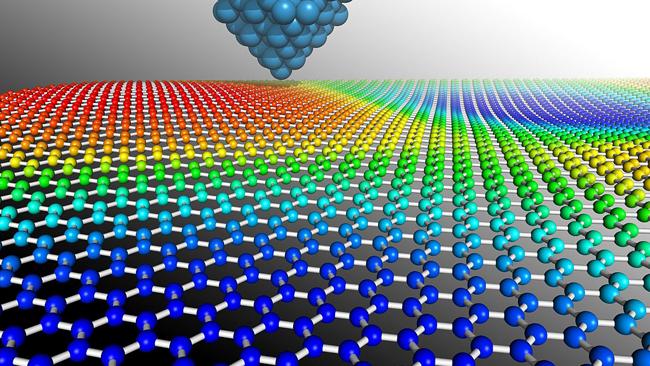Nokia wins $1.35b grant to develop 'world's strongest material', graphene
NOKIA wins grant to develop, graphene which could change the electronics, cure Alzheimers and soak up radiation.

THE company behind one of the world's very first mobile phones has been approved for a $1.35 billion grant to develop "the world's strongest material," known as graphene.
Graphene is made up of pure carbon and is only one-atom thick.
Weighing in at only 0.77 milligrams it is incredibly light but is also incredibly strong.
Nokia claims that it is 300 times stronger than steel.
The substance has a number of applications and is theorised to have benefits in electronics, solar energy, medicine and water desalination.
Its potential for future technologies is such that the European Union provided Nokia with the $1.35 billion grant in order to "promote high risk research, offset by potential breakthrough with high technological or societal impact".
Nokia's CTO, Henry Tirri said that the company hads been working with graphene since 2006.
"Since then, we have come to identify multiple areas where this material can be applied in modern computing environments," he said.
"We've done some very promising work so far, but I believe the greatest innovations have yet to be discovered."
As a substance said to be stronger than diamonds, it could potentially be used to create smash proof phones.
More importantly, scientists believe the substance could play a key role in treating diseases such as Alzheimer’s.
It could also be used to remove radioactive material from water supplies after a recent study in the Physical Chemistry Chemical Physics Journal showed that graphene flakes effectively soaked up radioactive waste.
The substance could be hugely beneficial for mining as companies would no longer have to ship contaminated water to repositories and could instead use the substance to filter out contaminants on-site.
However, its environmental effects are still being studied. Pure graphene has proven toxic to animals and various cells but experts say coating it with polymer removed all signs of toxicity in testing environments.



